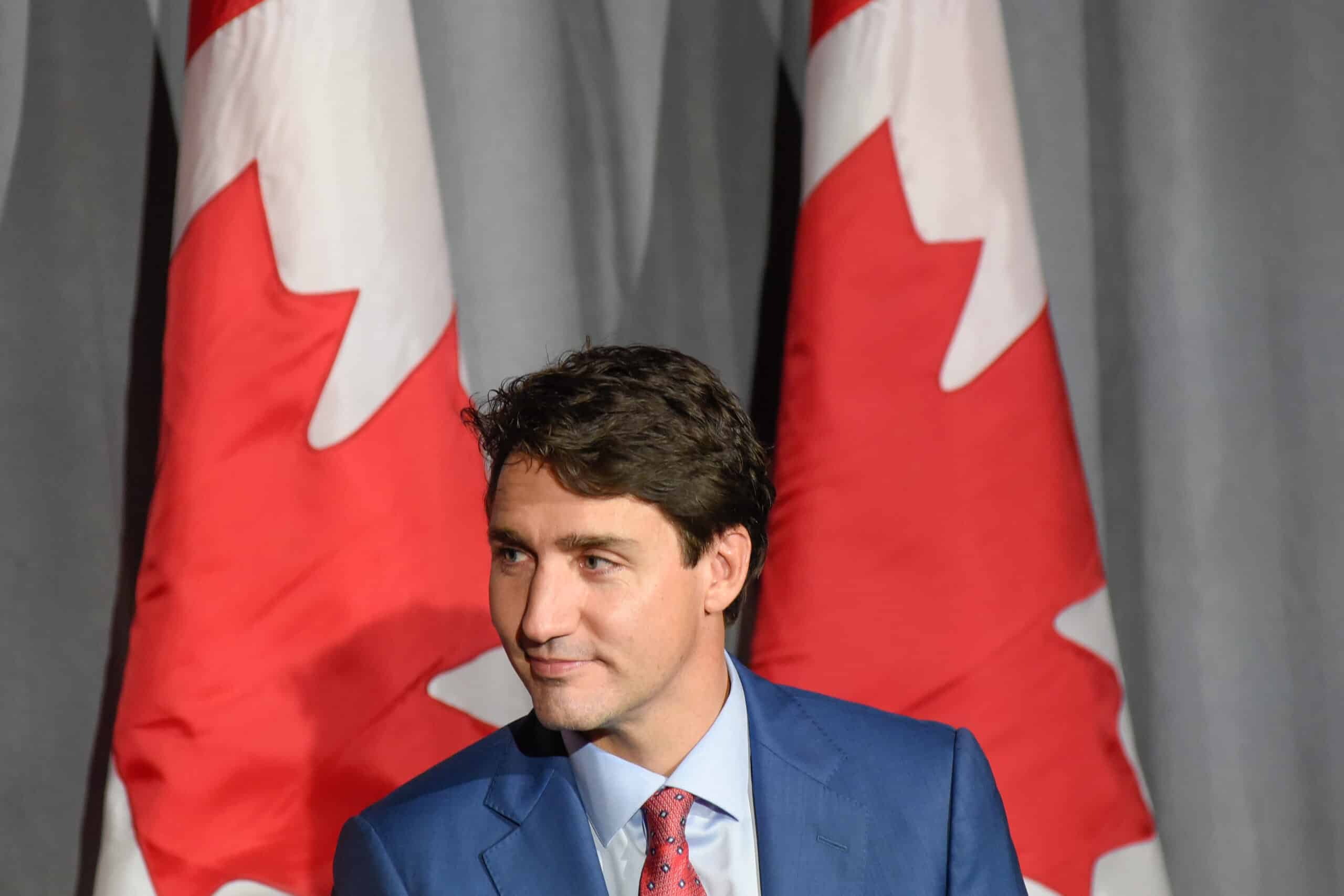A Financial Post story questions Conservative leader Pierre Poilievre’s argument about there being a rising trend of immigrants discouraging prospective newcomers from moving to Canada.
Calgary-based YouTuber and recent immigrant Nishant Kalia posted a 10-minute video in December, discussing the possibility of recession and its impacts on the Canada labor market, rising housing prices, and the chance of being laid off.
“If you think life in Canada would be glamorous from the very beginning, you would be making tons of money and buying multiple properties within three to five years as you see on YouTube, then that’s not the reality for majority of the immigrants,” he said in a post titled Should you move to Canada in 2023?
In acknowledgement of videos such as Kalia’s, Poilievre opined at an Ottawa press briefing on Aug. 1 – as one of many statements against Prime Minister Justin Trudeau’s immigration policies – that “there’s actually an internet phenomenon now, where immigrants are warning potential newcomers at how unaffordable and dangerous life is in Canada.”
However, the Post reported that immigrant administrators of popular social media channels (the ones Poilievre was primarily referring to) disagree with this claim.
Read More:
- Opinion Piece Argues That the Liberal Party Has “Broken Canada’s Immigration System”
- International Experience Canada Program
- Quebec issues 1,384 invitations to apply for immigration in Arrima draw
Rather than warding people off from making the move, immigrants are simply using the internet to showcase the realistic expectations one should have about immigrating to Canada.
Kalia, for example, said that “he isn’t against immigration, nor is he trying to tell potential newcomers that it’s ‘unaffordable and dangerous’ here.”
He is instead determined to communicate the fact that “from an economic standpoint it’s very difficult for a newcomer who is trying to set foot in this new country,”
“One should not be making this decision considering Canada as a fantasy land.”
Another internet personality – Rishabh Dutta – hopes to highlight certain issues with Canada immigration to his predominantly Indian audience.
Many immigrants from India rely on immigration consultants, who may not always be trustworthy. 700 Indian students who relied on consultants, for example, were found by the Government of Canada to be entering via fake admission letters and now face deportation.
The Post article highlights how Canada’s traditional reliance on newcomers for filling its labor market needs and driving its economy has not only caused record population growth in 2022, but will continue to do so until at least 2025 (owing to the country’s 500,000 annual permanent resident target).
The long-run goal behind said targets is to improve the shrinking worker-to-retiree ratio (that is, the number of working people needed to pay income taxes that support one retired person), which is expected to fall to three persons per retiree by 2030 (while it was four persons to one retiree in 2015).
However, there are challenges to achieving the target numbers of immigrants to make sure that the working-age population is not overburdened.
Canada might struggle to meet its immigration targets if amenities such as housing and healthcare are not improved, for example.
The housing shortage, in fact, is expected to widen by an additional 500,000 units over the next two years if immigration levels are maintained at their current rate, according to a July report by Toronto-Dominion Bank.
The Financial Post does assert – using dialogue by chief executive of the Institute of Canadian Citizenship, Daniel Bernhard – that internet opinions that give Canada the reputation of being a place “where you are not going to succeed” are “going to impact the number of people who are going to decide to come.”
Watch video:
However, not everyone is propagating that narrative. There is a duality of takes on the topic at hand, according to Stein Monteiro, senior research associate at Toronto Metropolitan University who studies issues like integration among new immigrant groups.
“From what I have seen, at least within certain express entry classes, many newcomers are doing quite well,” he said.
“But at the same time, there are people who are coming in different fields who are struggling. The cautionary tone just serves to help everyone to be more mindful of what to expect. A lot of learning is taking place.”
Immigration, Refugees and Citizenship Canada (IRCC) Minister Marc Miller disagrees with Poilievre’s claim of there being an “internet phenomenon” warning immigrants to not come to Canada.
He does, nevertheless, assert the need to address the “integrity” of Canada’s immigration system, so that international students are not given false hopes about entering the country.
This is not the first time that Poilievre has criticized Ottawa’s current immigration policy; he called the Canada immigration system broken earlier this month, claiming that he would ensure that immigrants have the basic amenities that they are currently deprived of.
“I’ll make sure we have housing and health care so that when people come here they have a roof overhead and care when they need it,” he said at a press conference on Aug. 1.
“I’ll make sure that it’s easier for employers to fill genuine job vacancies they cannot fill.”
Instead of directly addressing questions about cutting immigration levels, then, Poilievre has been more focussed on changing the immigration system itself.





